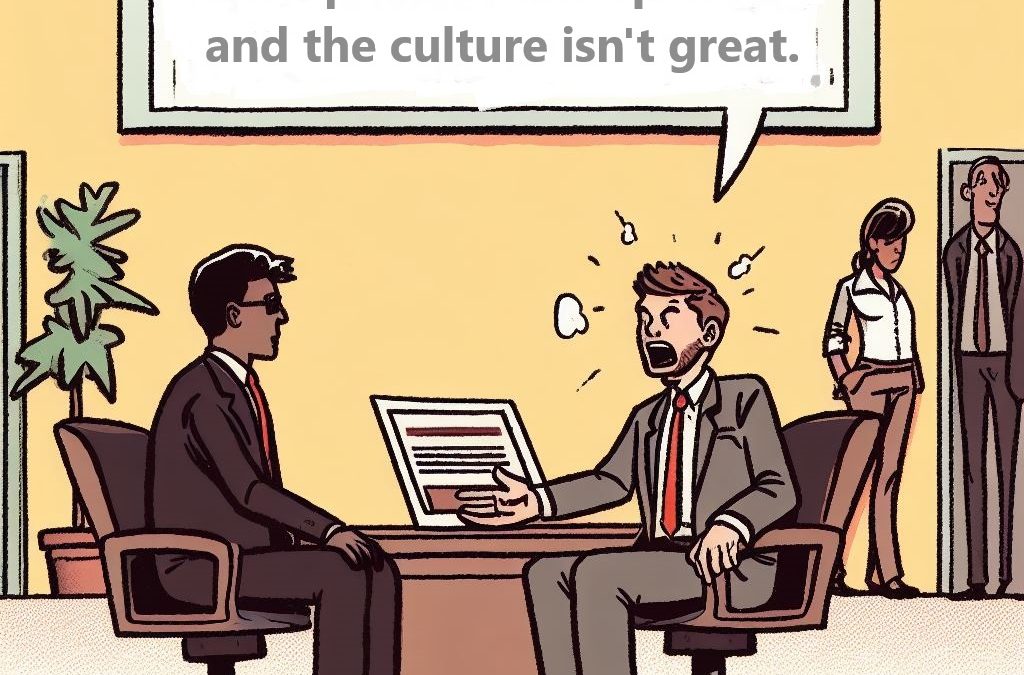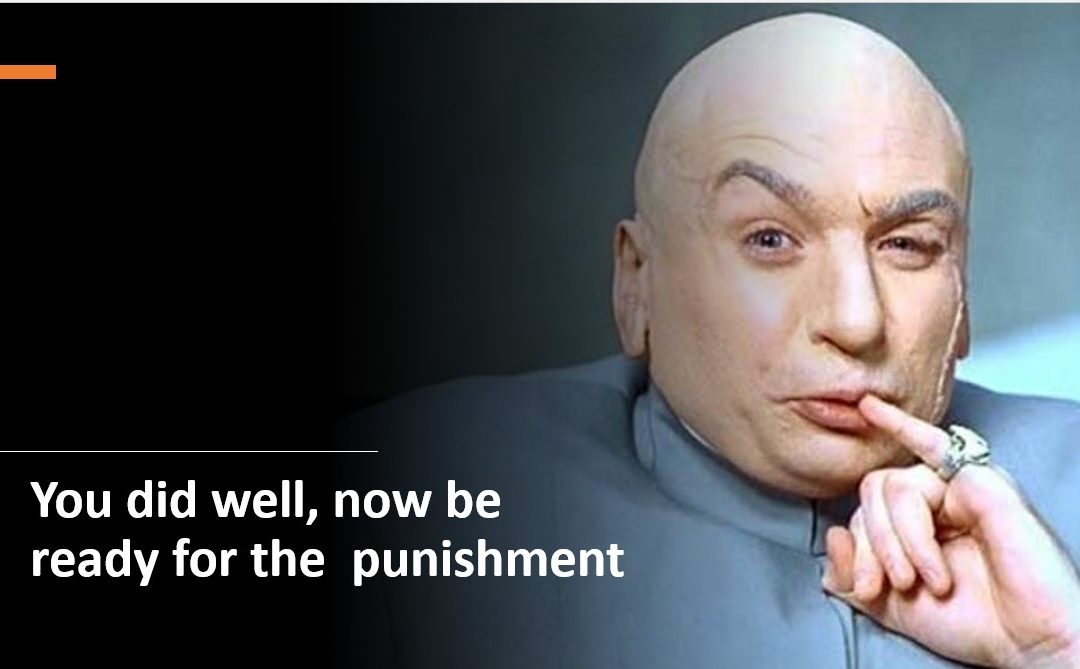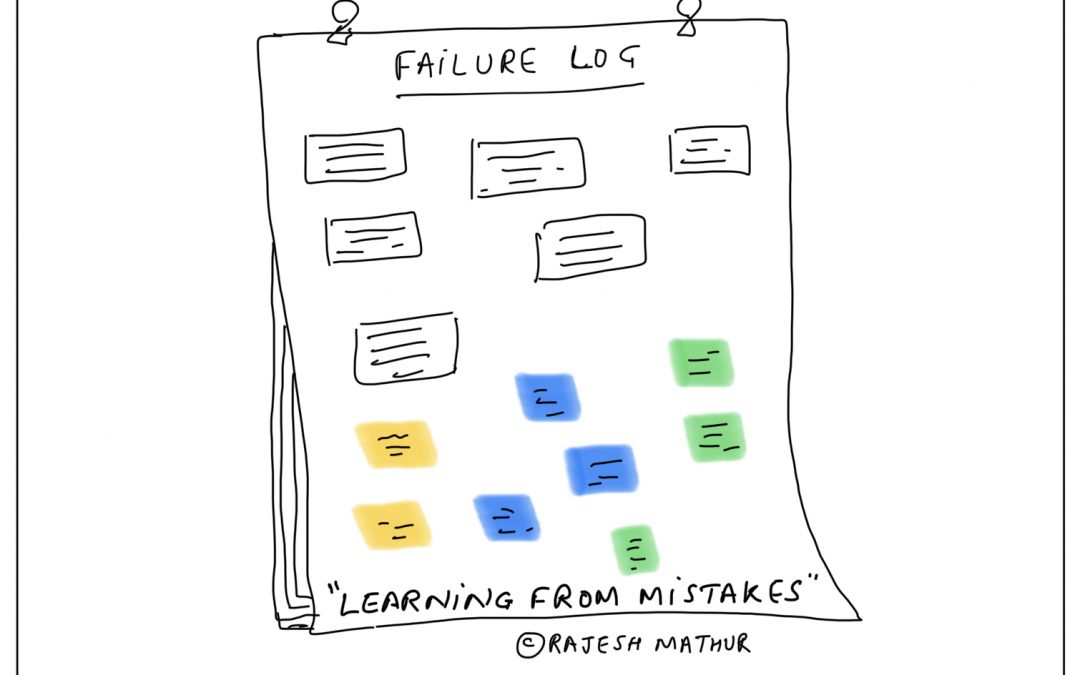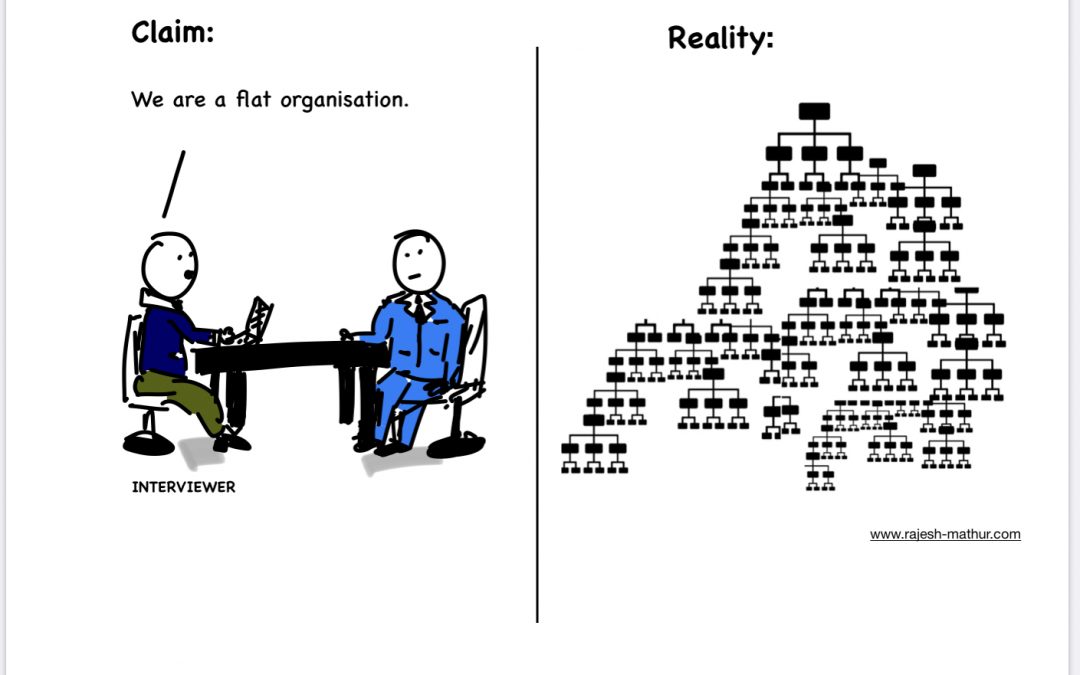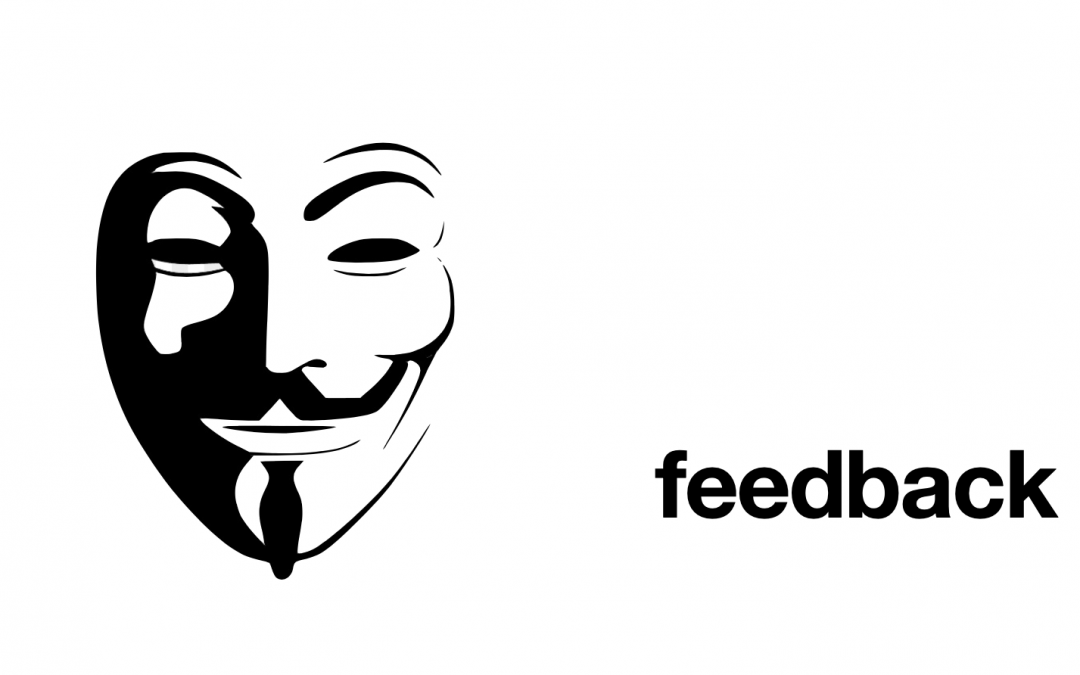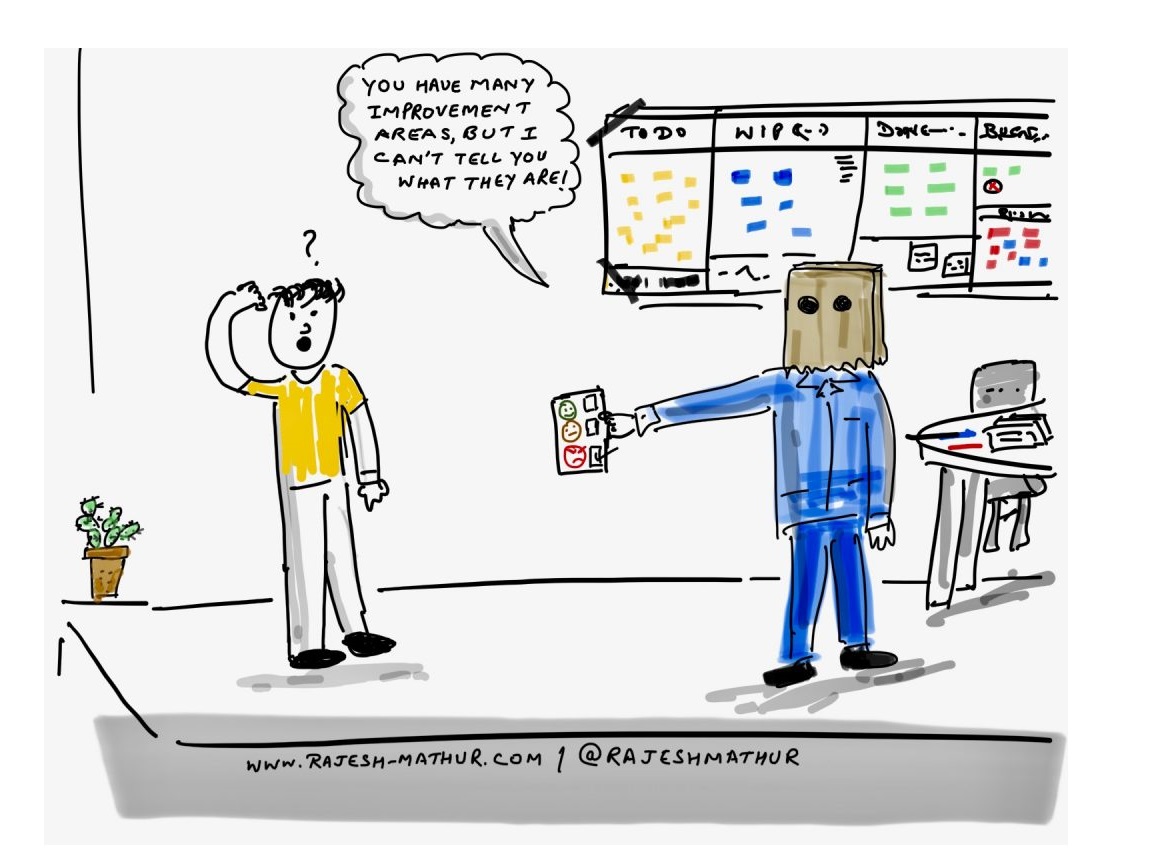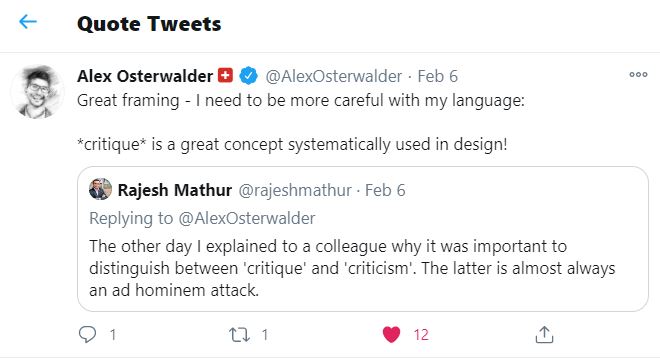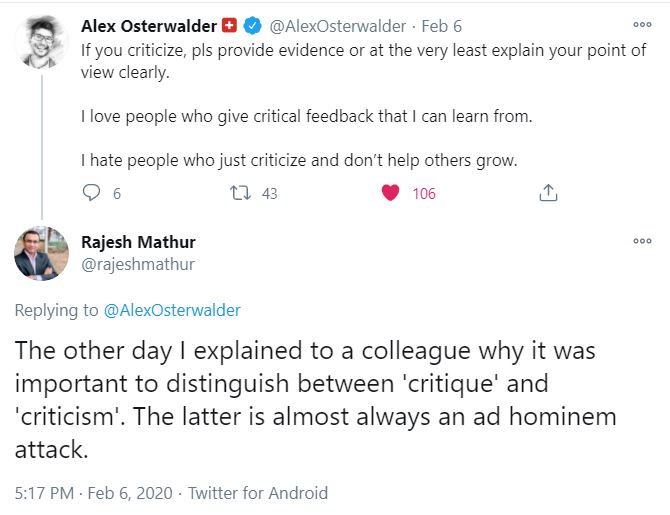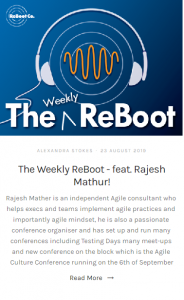
Beyond the Transaction: How Meaningful Relationships Can Fuel Professional Success
Recently, I had a heartwarming reunion with an ex-colleague from Hong Kong in-person. It had been nearly a decade since we last met in person. We have been exchanging greetings almost every year on Christmas and new years, but this face-to-face encounter was special.
Then, I recalled that another ex-colleague had reached out a while ago asking me if I was interested in relocating to join his company in a senior role.
I left the USA in 2008, and met my ex-boss in 2017 in LA on a personal visit. What is quite interesting is that he drove to LA from San Diego because I was unable to travel to San Diego.
These instances got me thinking about the various connections I’ve made throughout my career.
Personal vs transactional relationships:
What I notice is that most of my interactions with people at work have been at a deeper, personal level, rather than at a transactional level.
In the professional world, relationships often fall into two categories: personal and transactional. Personal connections go beyond work tasks and into genuine interactions. These are the people who reach out because they genuinely think of you, not just when they need something. On the other hand, transactional relationships are more goal-oriented. People connect primarily to achieve specific objectives. There’s nothing inherently wrong with this – after all, transactions involve an exchange. But what if one side consistently benefits more than the other?
Adam Grant Perspective:
Adam Grant, the famous organisational psychologist and author, recently posted an insightful distinction on LinkedIn:
“In transactional relationships, people only reach out when they want something from you. They use your connection to achieve their goals. In meaningful relationships, people get in touch when they think of you. Staying connected and being helpful are their goals.”
The imbalance:
When only one side is gaining significantly in a transaction, it can create a sense of imbalance and unfairness. Ugh! This is often not sustainable in the long term, as relationships – whether personal or professional – thrive on reciprocity and mutual benefit.
If one party consistently gains at the expense of the other, it can lead to resentment and a breakdown of the relationship. I am sure they impact trust and collaboration. That answers a question about ‘what causes toxic workplace environments?” Isn’t it?
You possibly do not have to think hard about that someone who contacted you only when they needed something from you.
“Ah, Mr. X is calling. I’m sure he needs something from me. He never calls otherwise.”
Why genuine relationships matter more:
Over the years, I have built numerous meaningful relationships. Those relationships have proven useful sometimes, but my objective of building those relationships was not their usefulness, it was the human interaction and connection that I value.
When you build genuine relationships, you’re creating a network of support, trust, and goodwill. These bonds may not pay off immediately, but they often lead to unexpected opportunities down the road. My (ex)colleague reaching out after many years to offer a good role is an example of a sustained connection that outweighs the transactional interactions. Believe me, there were many others who I do not remember anymore, or would not like to remember. 🙂
Look, while transactional relationships are a natural part of a workplace, it’s the meaningful relationships that often leave a lasting impact on our personal and professional lives. They provide a foundation for genuine connections that can lead to personal growth, career development, and a sense of fulfillment. Although, it is entirely up to you what you value more.
Therefore, it’s beneficial to develop relationships not just for immediate gains but for the long-term satisfaction and the meaningfulness they bring to our lives. Success in the workplace is not just about what we achieve, but also about the relationships we build along the way. So, whether you’re connecting with an old colleague or making a new friend, focus on the meaningfulness. It’s these connections that enrich our journey and make work more fulfilling.

